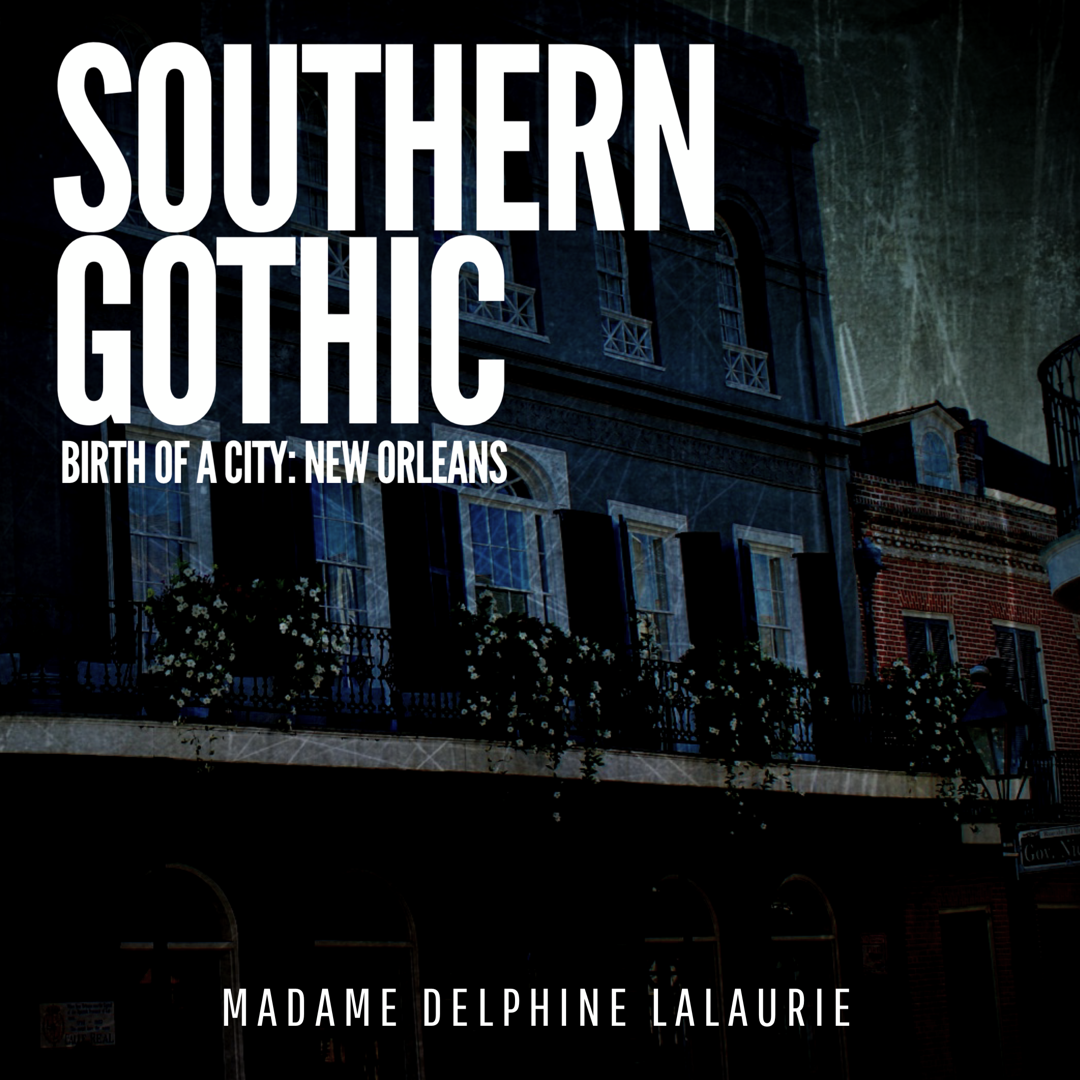Off the coast of North Carolina is one of America’s most breathtaking roadways, a 138-mile National Scenic Byway that connects a vast stretch of beautiful and historic barrier islands known as the Outer Banks.
Archaeologists believe these small islands, separating the mainland from the Atlantic Ocean, were inhabited for more than a thousand years prior to the arrival of European explorers; most likely by small branches of Native tribes like the Algonquins, Chowanog, and Poteskeet. These were some of the tribes who initially welcomed the European explorers of the early 16th century, but their hospitality would inevitably cost them their communities, as settler migration and European-borne disease brought a sharp decline to their population.
The Outer Banks, now a major tourist destination known for its beautiful wide open beaches, also has the distinction of being home to the first European colony of North America-- the infamous Roanoke settlement, established in 1584; as well as the world famous town of Kitty Hawk where the Wright Brothers made their first successful flights in 1903.
But it’s on Ocracoke Island, one of the Outer Banks’ southernmost spits of land, accessible only by ferry, where the last stand of one of the world’s most notorious pirates occured. A man feared by many, who terrorized ships on the high seas with his grim persona and massive displays of force.
A pirate known as Blackbeard.
A man that some claim still walks amongst the living three centuries later, forever searching Ocracoke Island for either revenge, or his head.
































































